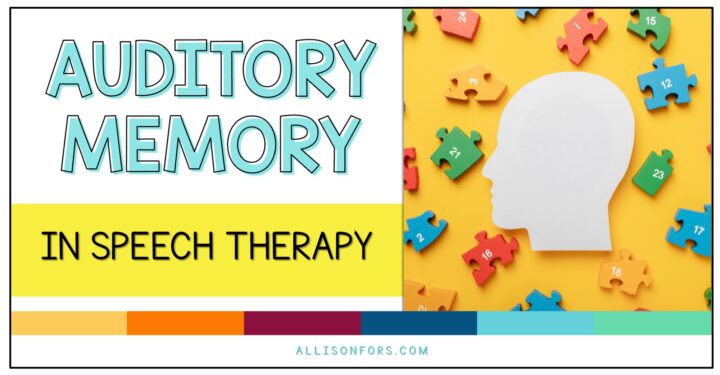
Compensatory Errors Versus Obligatory Errors in Cleft Speech

What is a compensatory error? What is an obligatory error? And what’s the difference between the two? These terms are often used when referring to cleft speech errors. Recognizing the difference between these errors is important to ensure appropriate management!
Compensatory error: Actively learned maladaptive errors due to abnormal structure.
Obligatory error: Errors due to structural deficits that require physical management.
You may also hear compensatory errors referred to as “active” errors, while obligatory errors are referred to as “passive” errors. This is because compensatory errors are learned, while obligatory errors are a result of abnormal anatomical structures.
Compensatory errors are amenable to speech therapy.
Obligatory errors require attention from a craniofacial team. Speech therapy cannot fix errors caused by velopharyngeal dysfunction.
Common Compensatory Errors
Children with a cleft palate may learn to use abnormal speech sounds due to abnormal anatomical structures. These are most often errors of placement, not voice or manner. These errors may persist after palate repair and require speech therapy.
These speech sounds oftentimes persist after surgery due to learned behavior and require speech therapy to remediate. Approximately 25% of children with cleft palates use compensatory articulation errors, while glottal stops are the predominant error.
Common compensatory errors include:
- glottal stops
- nasal fricatives
- pharyngal stops
- pharyngeal fricatives
- pharyngeal affricates
- mid-dorsum palatal stops
Read more about the five most common compensatory errors.
Common Obligatory Errors
Obligatory errors are more likely to happen with cleft-affected individuals due to their anatomical differences. Cleft-affected individuals may experience challenges with resonance, airflow, and coordination of oral muscles, further contributing to the likelihood of obligatory errors in their speech.
Common obligatory errors include:
- hypernasality
- hyponasality
- nasal emissions
- weak and no pressure consonants
- nasalized voiced consonants
SLPs should refer to a craniofacial ENT specialist when they suspect a structural issue or medical condition is causing the patient’s speech or language. Speech therapy cannot fix these errors caused by velopharyngeal dysfunction, which occurs when the velopharyngeal port does not have proper closure. When this happens, air leaks into the nasal passage during speech due to the inadequate speed or range of function of the soft palate.
Read more about when to refer to an ENT or craniofacial team.

How to Determine Compensatory versus Obligatory Errors
Use the findings from the oral mechanism exam and informal assessment to determine if speech therapy can remediate the errors or if you need to send a referral to a craniofacial team.
During an oral mechanism exam, you will need to look for anything that may compromise speech production, such as a fistula, a submucous cleft, or enlarged tonsils. During an informational assessment, use phonemically loaded sentences to determine which sounds are affected.
Leaders Project has a simple Cleft Speech Screener available for download.
You may also be interested in reading:
Cleft Lip and Palate Topic Page







